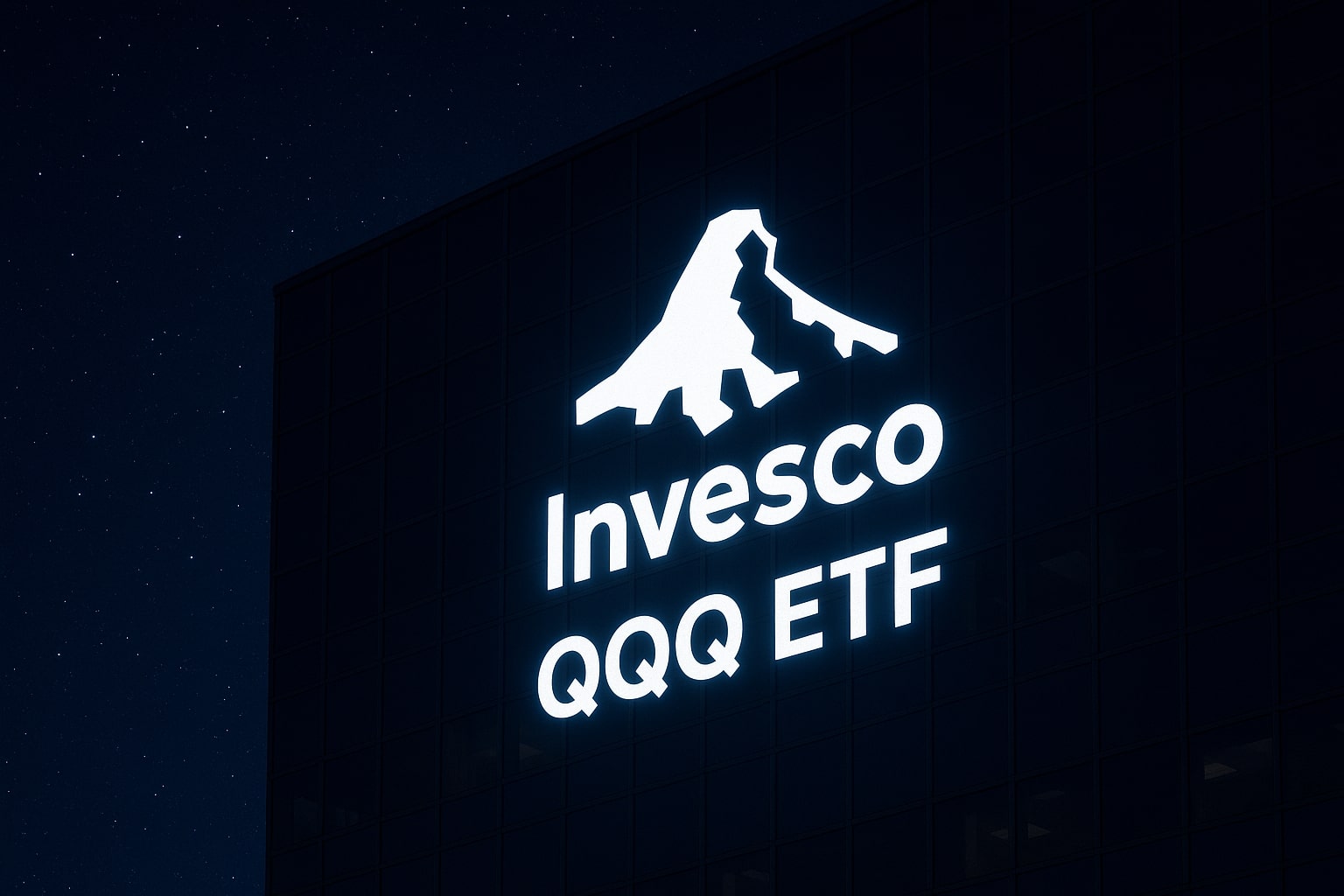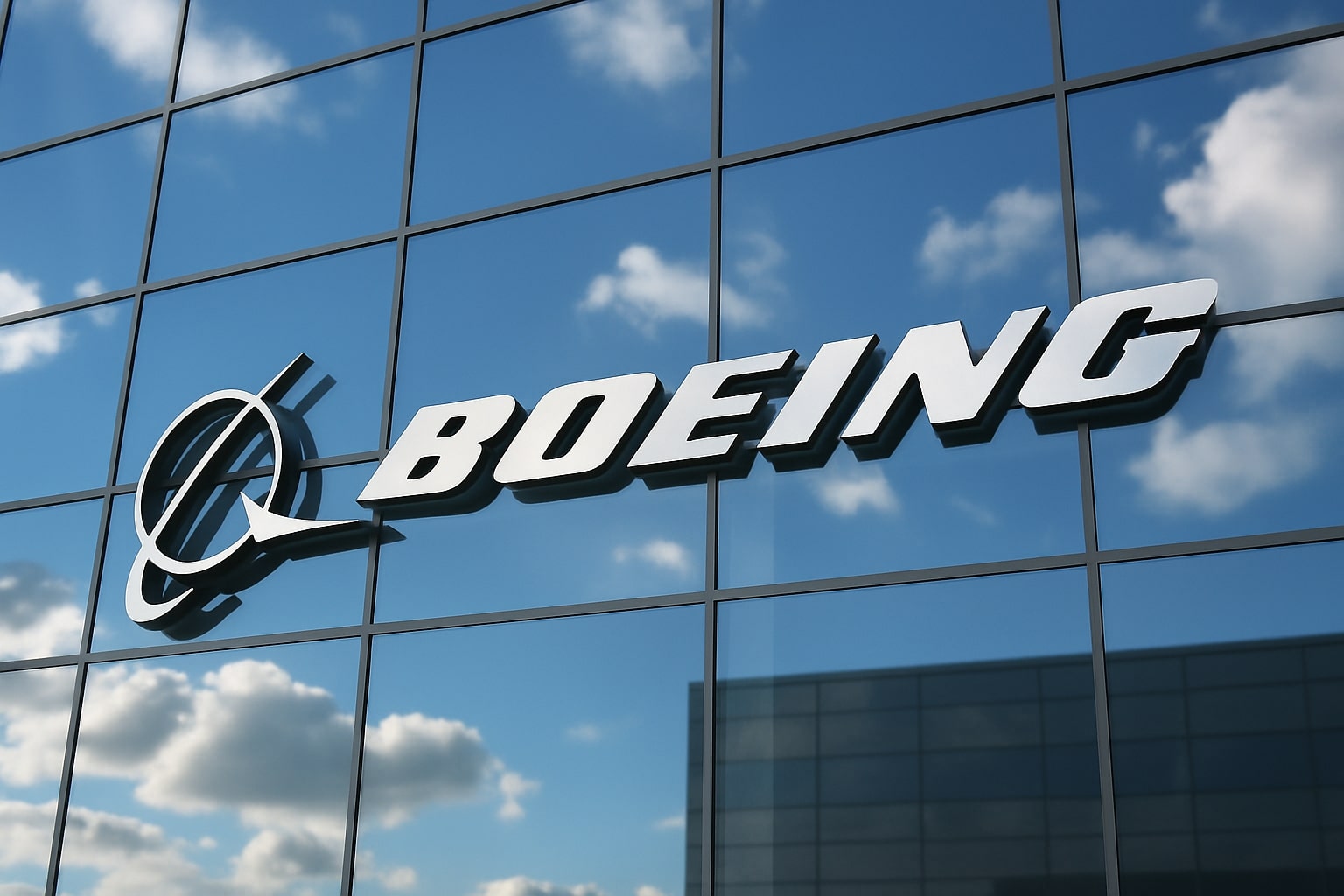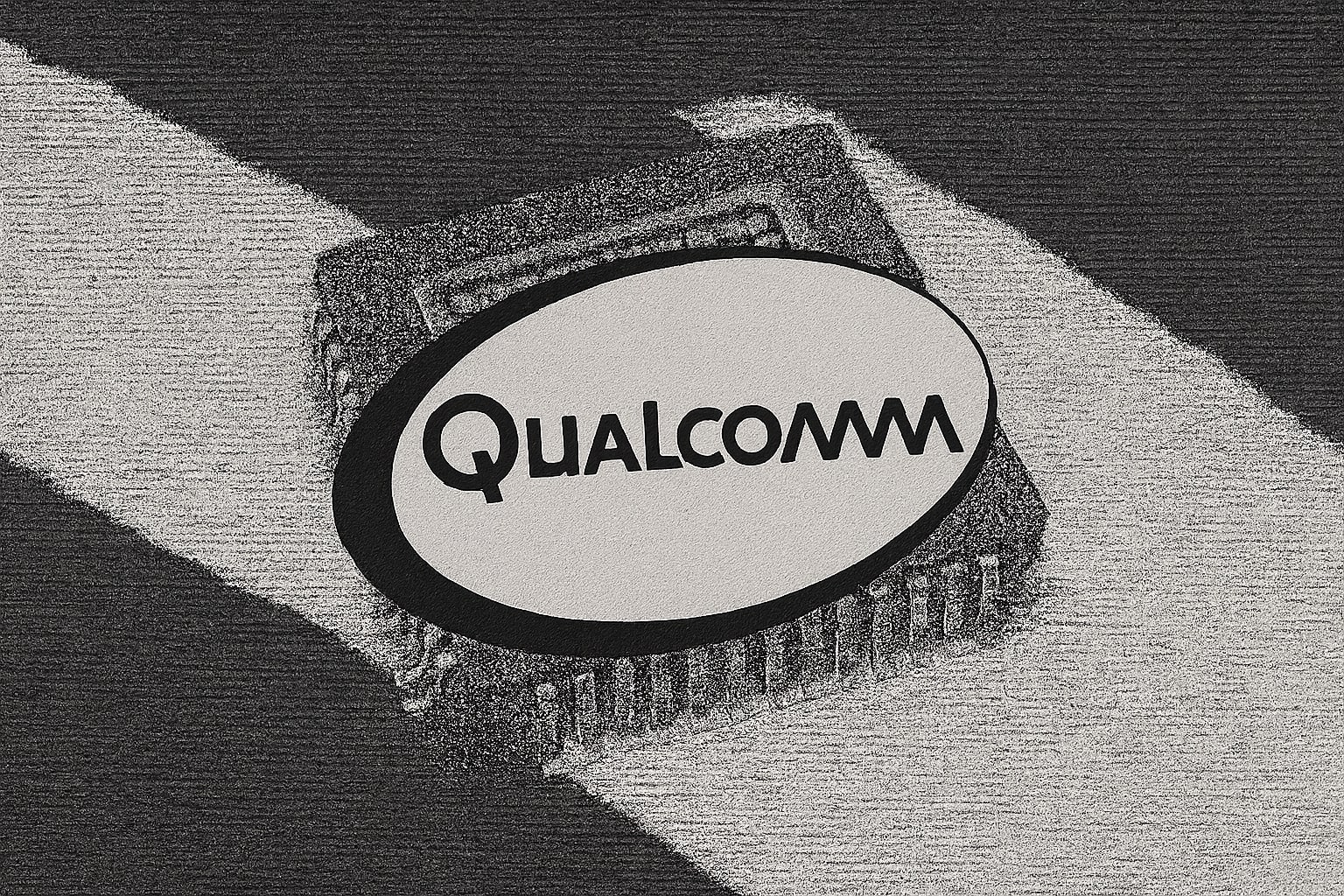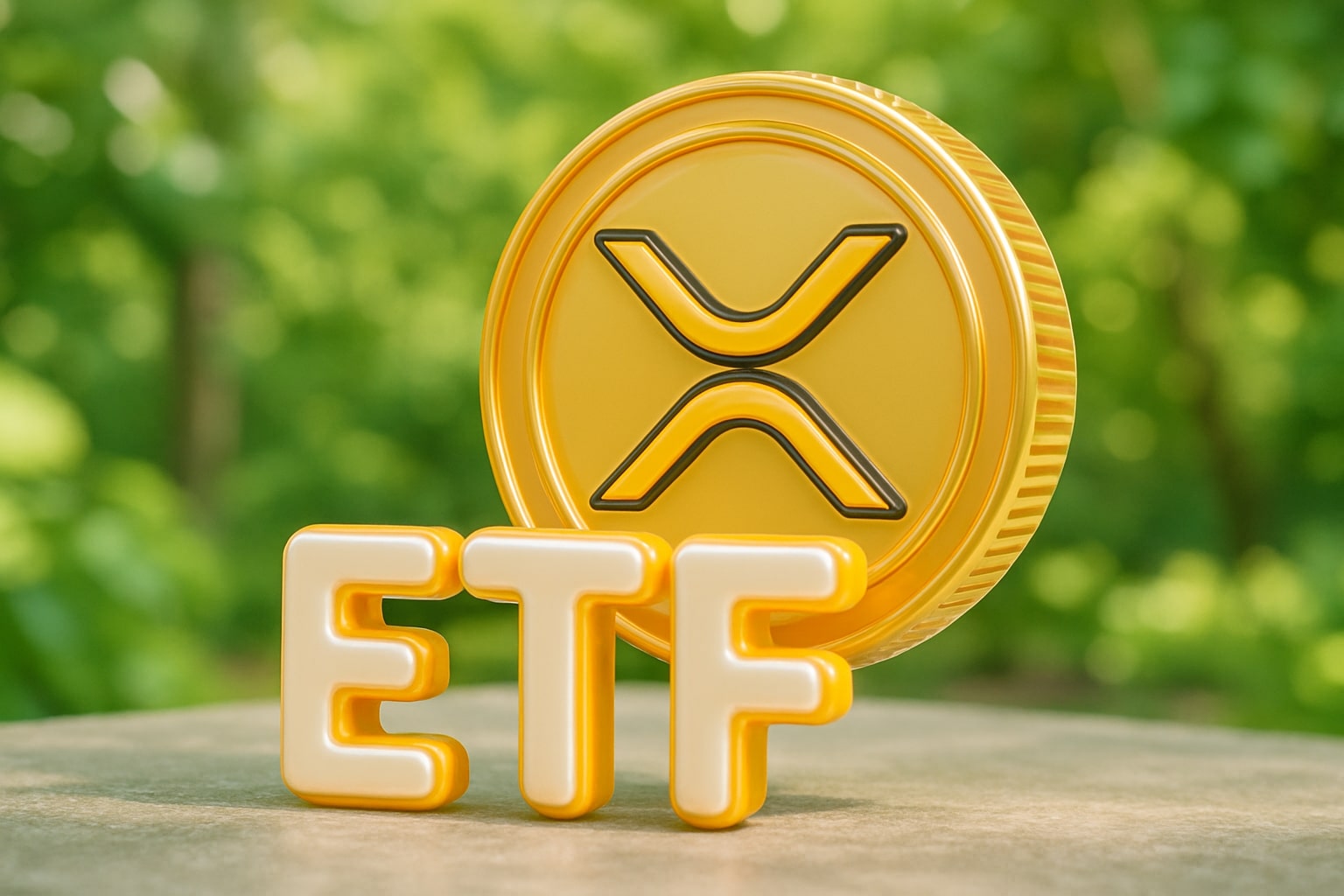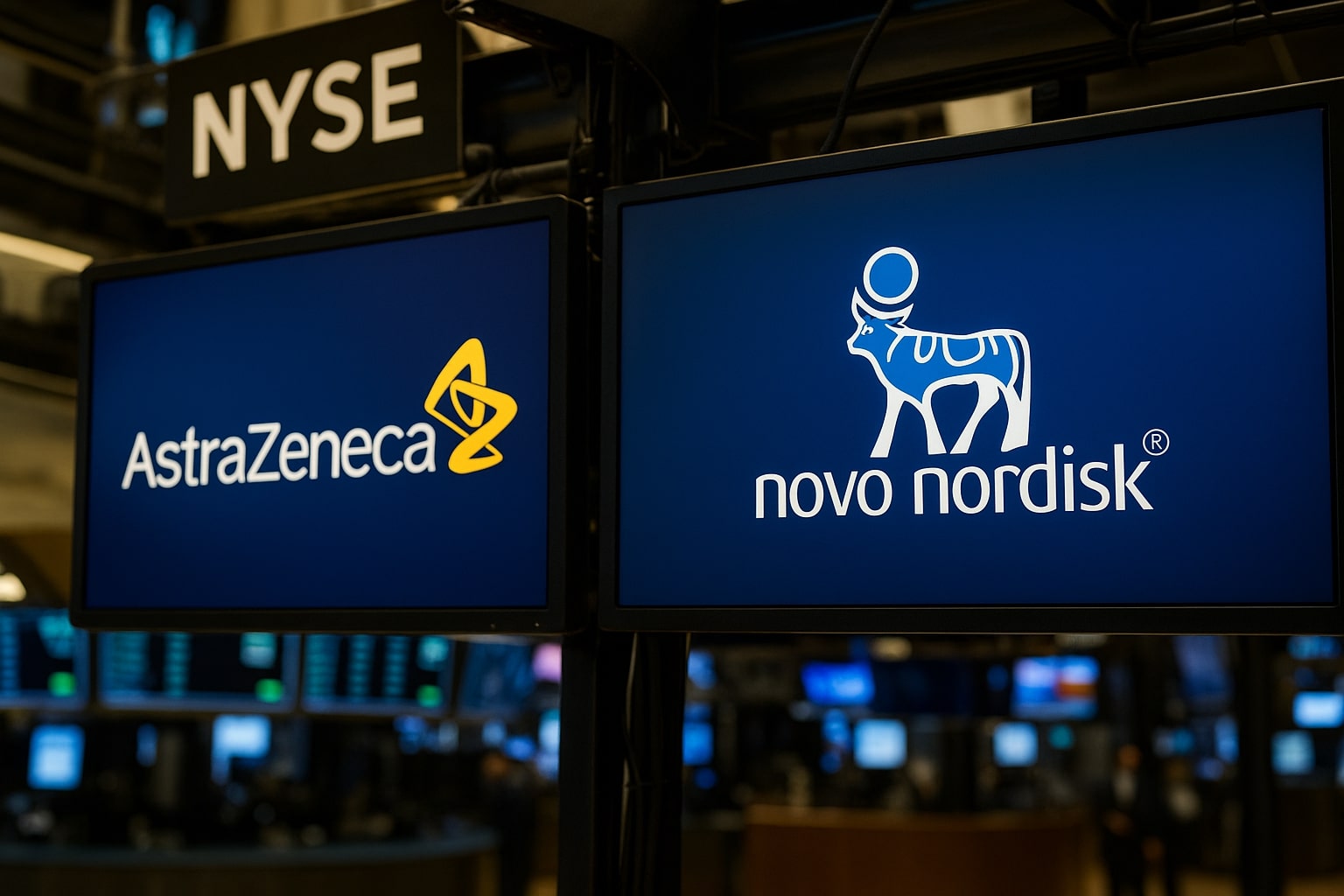
Novo Nordisk Stock VS. AstraZeneca - NVO Climbs Toward $135 With $25B Obesity Franchise While AZN Trails at $73.53
NVO commands a 35x forward P/E with 33% net margins, while AZN trades at 14.7x earnings, 2.08% yield, and a pipeline targeting $20B annual sales by 2030. Investors weigh high-growth obesity drugs versus diversified oncology momentum | That's TradingNEWS
Novo Nordisk (NYSE:NVO) Price Momentum vs. AstraZeneca (NASDAQ:AZN) Valuation Reset
Novo Nordisk (NYSE:NVO) trades close to $130–135, having rallied more than 30% year-to-date, driven almost entirely by runaway demand for its GLP-1 diabetes and obesity franchise. Ozempic and Wegovy combined have already surpassed $25 billion annualized revenue in 2025, giving NVO a revenue trajectory few peers can match. In comparison, AstraZeneca (NASDAQ:AZN) trades at $73.53, down 2.43% on the last session and nearly 11% below its 52-week high of $82.41. AZN has underperformed the broader healthcare sector in 2025 despite growing revenue in oncology and cardiovascular, suggesting valuation compression at a time when NVO commands premium multiples.
Revenue Scale and Segment Drivers
AstraZeneca reported $14.46 billion in Q2 revenue, up 6.6% year-on-year, with oncology contributing $6.3 billion, a jump of 18%. Blockbusters like Tagrisso ($3.49B in H1) and Farxiga ($4.21B in H1, +13%) are the backbone of growth. Full trailing twelve-month sales stand at $56.5 billion, highlighting diversification across oncology, cardiovascular, and rare diseases. Novo Nordisk, by contrast, booked more than $34 billion in H1 2025 sales, with over 55% tied directly to GLP-1 therapies. Its obesity franchise alone is projected to exceed $25 billion for the full year, more than AstraZeneca’s entire oncology portfolio, underscoring why investors have bid up NVO stock so aggressively.
Profitability and Margins
Novo Nordisk dominates pharma profitability with net margins above 33%, reflecting both pricing power in the U.S. and limited diversification costs. AstraZeneca posted a 14.7% net margin in Q2 with gross margin at 82.4% and operating margin of 24.1%. R&D expenses at AZN climbed to $3.5 billion in the quarter, absorbing cash flow but building a pipeline designed to broaden its growth beyond current blockbusters. NVO’s narrower focus yields superior operating leverage, but also exposes it to concentration risk in a single therapeutic class.
Valuation Metrics in Focus
At $73.53, AstraZeneca trades at a forward P/E of 14.7, well below its five-year average of 31 and the broader pharma peer median. Its PEG ratio at 0.87 suggests undervaluation relative to projected earnings growth. Dividend yield stands at 2.08%, offering income support at a time of discounted valuation. Novo Nordisk, in contrast, trades at a forward P/E above 35, a premium multiple justified by double-digit sales growth in obesity but risky if competitors erode market share. The dividend yield is just 1.1%, with investors clearly prioritizing capital appreciation.
Read More
-
QQQ ETF at $614 After a 123% Surge: AI, Rates and 2026 Targets In One Trade
12.12.2025 · TradingNEWS ArchiveStocks
-
XRP ETF Surge: XRPI $11.71 and XRPR $16.55 Track XRP’s $2 Floor and $1B Inflows
12.12.2025 · TradingNEWS ArchiveCrypto
-
Natural Gas Price Forecast: NG=F Clings to $4.12 Support After Weather Shock
12.12.2025 · TradingNEWS ArchiveCommodities
-
USD/JPY Price Forecast – Dollar to Yen Back at 156 as Fed Cut and BoJ Liftoff Collide
12.12.2025 · TradingNEWS ArchiveForex
Pipeline Outlook and Catalysts
AstraZeneca has more than 20 new molecular entities targeted for launch by 2030, with baxdrostat alone projected to generate over $5 billion in peak sales. Enhertu, Imfinzi, and Farxiga are expected to drive over $20 billion annually by the end of the decade. Novo Nordisk is doubling down on GLP-1 expansion into cardiovascular outcomes, kidney disease, and even exploratory studies in Alzheimer’s. Its next catalyst is oral semaglutide, which could unlock patient adoption beyond injectables. Success here would extend its GLP-1 dominance further.
Risks and Competitive Pressures
AstraZeneca faces geopolitical and regulatory exposure, particularly with Trump’s threats to impose tariffs on imported pharmaceuticals. Competition in oncology from Merck’s Keytruda and Bristol Myers’ Opdivo keeps pressure on market share. Novo Nordisk carries concentration risk: more than half its revenue depends on a single drug class. Eli Lilly’s Zepbound is already making inroads in obesity, while manufacturing bottlenecks at NVO have shown vulnerabilities in scaling supply. Any pricing reform in the U.S. would disproportionately impact Novo Nordisk’s growth story.
Stock Market Performance and Verdict
Over the past year, AstraZeneca shares gained just 2.3%, far below the S&P 500’s +15%, while over three years the stock delivered 43.5%, consistent with defensive pharma peers. Novo Nordisk has soared more than 120% in three years, transforming into one of Europe’s largest companies by market cap and overtaking AstraZeneca in investor attention.
On balance, NASDAQ:AZN at $73.53 looks undervalued, with stable cash flows, a growing dividend, and a diversified pipeline that limits single-franchise risk. It is a Buy for investors seeking stability and rerating potential toward $87. NYSE:NVO at $130–135 remains a Hold, reflecting extraordinary momentum but priced for perfection, with downside risk if GLP-1 competitors erode share or U.S. policy shifts.














